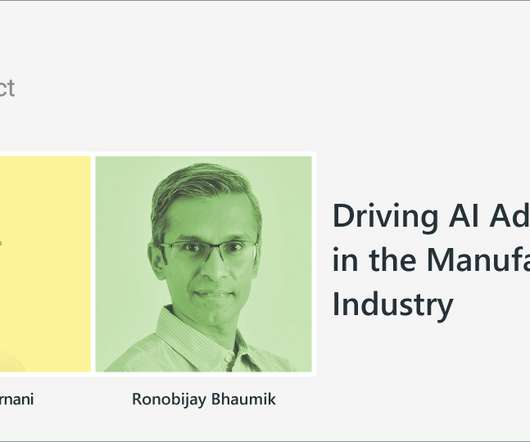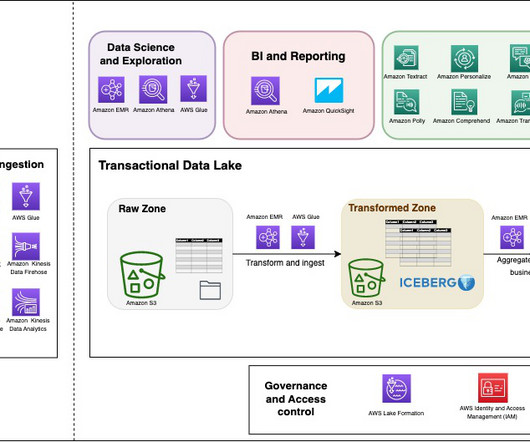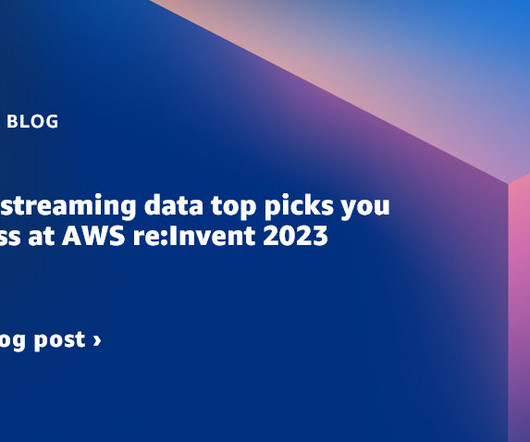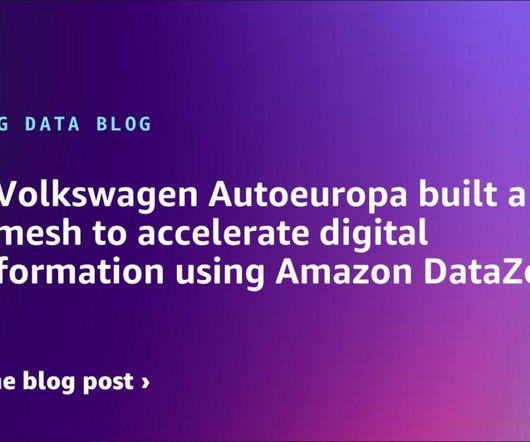Big Data Opportunity in Manufacturing
TDAN
JANUARY 5, 2022
Defined as information sets too large for traditional statistical analysis, Big Data represents a host of insights businesses can apply towards better practices. In manufacturing, this means opportunity. But what exactly are the opportunities present in big data?



















Let's personalize your content